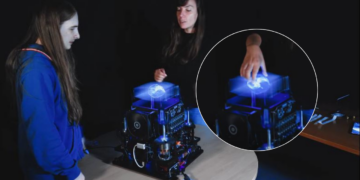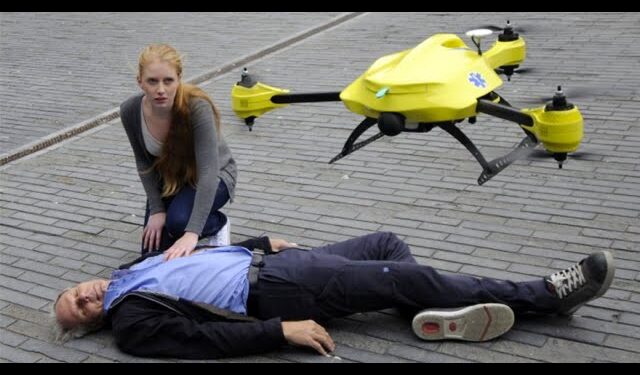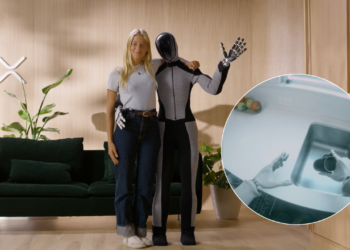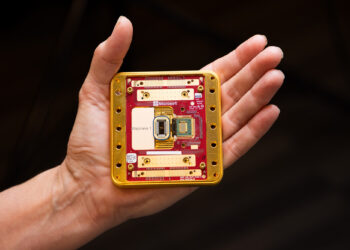Delft University in the Netherlands has designed an ambulance drone that can deliver an automatic defibrillator within minutes in the event of a cardiac arrest.
A drone can do so many things. For some years now, these buzzing, self-driving aircraft have been used for home deliveries, aerial photography, geographical surveys and (unfortunately) military operations. In England, there is even a start-up company that has thought of using drones to fight against the Covid-19. An equally ‘noble’ use has been imagined in Holland. Delft University has designed and built a real ‘ambulance drone’. It is a vehicle capable of transporting and delivering an automatic external defibrillator (AED) in a matter of seconds. The drone weighs 4 kg and can reach an astonishing speed of 100 km/h. The main advantage of this device is its speed: in an area of 12 square kilometres, the ambulance drone can take off and deliver the defibrillator to the patient in need in less than one minute.
You might also be interested in this → 1500 drones form a giant QR code in the sky over Shanghai (VIDEO)
Life-saving drone in the Netherlands
Many studies have shown that, in the event of cardiac arrest, the speed of rescue is crucial to the victim’s survival. Sadly, it is often the case that people who suffer a heart attack lose their lives because help is delayed and obstacles are placed in their path. The ambulance drone, on the other hand, is extremely fast: it never hits traffic and delivers the defibrillator in just a few seconds. The medical device carried by the drone is fully automatic (all you have to do is place the pads on the chest of the person in danger of dying) and can be used by anyone, even if there are no doctors or nurses around. The aim is to create a real ‘network of ambulance drones’ which, incorporated with local health centres and supported by first aiders, would cover areas of 12 square kilometres each. In this way, the drones could reach every patient in less than a minute and save many lives. According to a calculation by Delft University, this system could increase the chance of survival of heart attack victims by up to 80%. This is a significant percentage if we consider that more than 800,000 people die of heart attacks in the European Union every year.
Read also → The car that flies exists for real! The case of Japan

































